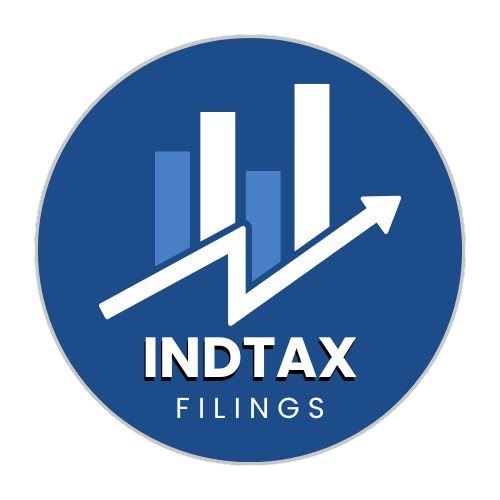Brand listing on the Government e-Marketplace (GeM) is a crucial process for businesses that want to showcase their products under a recognizable name in the government procurement sector. GeM allows businesses, especially those with registered trademarks and established brands, to reach government buyers by enhancing the credibility and visibility of their offerings. By listing a brand on GeM, vendors can differentiate their products from generic items, attract more attention, and compete more effectively in tenders and procurement bids.
The process involves submitting essential documents, including brand authorization letters and trademark certificates, along with undergoing a vendor assessment. Brand listing provides numerous benefits, including increased visibility, trust, access to tenders, and higher sales potential. It’s a strategic move for businesses looking to solidify their presence in the public sector procurement
What is a Brand?
A brand is a distinctive identity that sets a product, service, or company apart from its competitors in the market. It represents the unique qualities, values, and promises that a company offers to its customers. A brand is not just a name or logo; it embodies the perception and reputation that consumers associate with a particular product or service. In the context of the Government e-Marketplace (GeM), brand recognition is essential for vendors looking to sell high-quality and certified products to government buyers. Listing a brand on GeM ensures that products stand out in a competitive marketplace, providing credibility and trustworthiness to government purchasers.
Benefits of Brand Listing
Listing a brand on GeM offers numerous advantages for sellers:
- Increased Visibility: Brands listed on GeM gain higher visibility among government buyers, making it easier to stand out from competitors.
- Access to Government Tenders: A listed brand is more likely to be considered in government tenders and procurement processes.
- Trust and Credibility: A listed brand signals to buyers that the products meet quality standards and government regulations, boosting trust in the vendor’s offerings.
- Competitive Advantage: Brand listing provides a competitive edge, allowing sellers to highlight their unique value proposition and differentiate from unbranded or generic products.
- Higher Sales Potential: Brand recognition can lead to more orders and a greater chance of long-term contracts with government agencies.
Documents Required
To successfully list a brand on GeM, vendors must provide the following documents:
- Brand Authorization Letter: A formal letter from the brand owner or manufacturer granting the vendor rights to list and sell the brand’s products on GeM.
- Trademark Registration Certificate: Proof that the brand is registered and legally recognized by the appropriate trademark authority.
- Product Specifications: Detailed descriptions and certifications of the products associated with the brand.
- Company Registration Documents: PAN, GST registration, and other relevant company information to validate the seller’s credentials.
- Compliance Certifications: Quality and safety certifications (e.g., ISO, BIS) for products, where applicable.
Procedure for Brand Listing on GeM
The brand listing process on GeM involves the following steps:
- Registration on GeM: The vendor must first register their company on the GeM portal and complete the basic seller profile.
- Brand Authorization: Submit a brand authorization letter from the manufacturer or trademark owner, granting permission to list the brand.
- Vendor Assessment: The vendor must undergo a mandatory vendor assessment conducted by GeM or a third-party agency to verify operational and financial capacity.
- Document Submission: Upload required documents, such as trademark registration, product specifications, and compliance certificates.
- Brand Approval: Once all documents are verified and the assessment is completed, the brand is approved and listed on the GeM portal.
- Product Listing: After brand approval, the vendor can list specific products under the registered brand for sale on the platform.
Conclusion
Brand listing on GeM is a strategic move for vendors looking to expand their market reach in government procurement. It enhances visibility, builds trust, and creates a competitive advantage by allowing businesses to showcase their branded products to government buyers. By ensuring that products meet the necessary standards and complying with GeM’s stringent requirements, vendors can position themselves as reliable suppliers in the public sector market.
Frequently Asked Questions
- What is the validity period of brand listing on GeM?
The validity of brand listing typically aligns with the vendor’s registration and assessment period, and it may need renewal based on GeM policies. - Can a seller list multiple brands on GeM?
Yes, a seller can list multiple brands as long as they have the appropriate authorization and meet the listing requirements for each brand. - Is vendor assessment mandatory for brand listing?
Yes, vendor assessment is a mandatory process to ensure the vendor’s ability to supply high-quality products and meet government standards. - Can unregistered brands be listed on GeM?
No, brands must be legally registered and have the necessary trademarks to be eligible for listing on GeM.
4o

